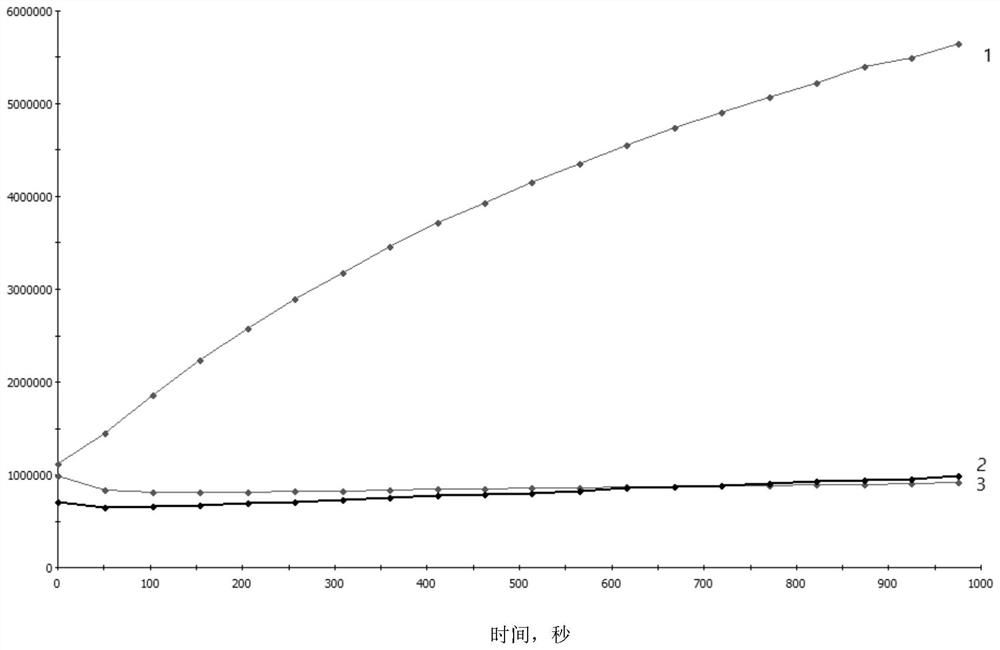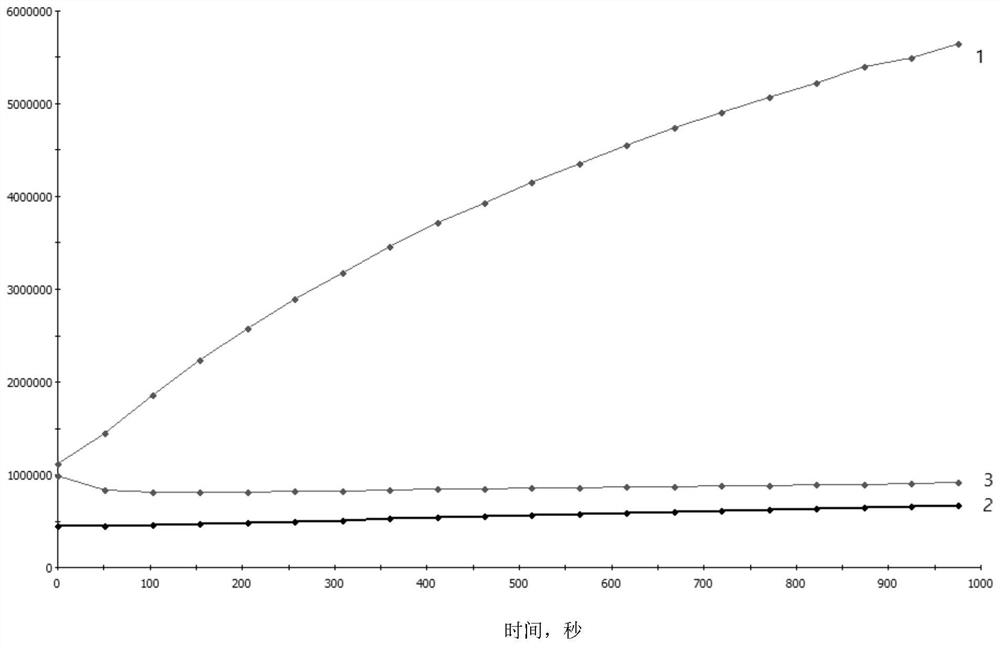Application of salvia miltiorrhiza extract and quinone compounds in resisting coronavirus
A coronavirus and virus technology, applied in the direction of antiviral agents, medical preparations containing active ingredients, organic active ingredients, etc., to achieve the effects of low cytotoxicity, easy oral administration, and low toxic and side effects
- Summary
- Abstract
- Description
- Claims
- Application Information
AI Technical Summary
Problems solved by technology
Method used
Image
Examples
Embodiment 1
[0125] Example 1 Through multiple in vitro enzyme activity experiments, it was found that 10 compounds such as tanshinone I can significantly inhibit the papain-like protease activity of the new coronavirus (SARS-CoV-2)
[0126] In vitro enzyme activity test conditions are as follows:
[0127] Fluorescent substrate for enzyme activity experiment: Z-Arg-Leu-Arg-Gly-Gly-AMC (from Jill Biochemical), the excitation wavelength and emission wavelength of this fluorescent substrate are 340nm and 460nm, respectively.
[0128] The enzyme activity reaction buffer used in the experimental procedure is 50mM HEPES, pH 7.5, 0.1mg / ml BSA, 2mMDTT; enzyme activity reaction temperature: 30°C.
[0129] The specific experimental steps are as follows: at the beginning of the reaction, add papain-like protease, the final concentration of papain-like protease is 0.2 μM, and 50 μM inhibitors (10 kinds of small molecule compounds: tanshinone I, tanshinone IIA sulfonic acid, β-lapachone, Cryptotanshin...
Embodiment 2
[0132] Through multiple in vitro enzyme activity experiments, it was found that tanshinone I and cryptotanshinone could significantly inhibit the papain-like protease activity of the new coronavirus (SARS-CoV-2) ( Figure 11 and 13 ).
[0133] The in vitro enzyme activity test steps are: SARS-CoV-2 papain-like protease at a final concentration of 200nM (refer to Zhao Y, DuX, Duan Y, et al. High-throughput screening identifies established drugs asSARS-CoV-2PLpro inhibitors[J].Protein&Cell , 2021:1-12.), inhibitor solutions with different concentration gradients and 20 μM fluorescent substrate (Arg-Leu-Arg-Gly-Gly-AMC) were added in a 60 μl reaction system (50mM HEPES, pH=7.5, 0.1mg ml-1BSA), incubate at room temperature for 10 min, use emission light 340nm and excitation light 460nm to detect the initial reaction rate of the fluorescent substrate, and obtain the inhibition rate curve by comparing the initial rate with the control group without drug addition. The experiment wa...
Embodiment 3
[0136] Through in vitro cell virus experiments, it was found that tanshinone I and cryptotanshinone can significantly inhibit the replication ability of SARS-CoV-2 in cells, and the cytotoxicity is low. EC 50 The values are 2.26 μM and 0.7 μM, respectively. CC 50 The values are all greater than 300 μM. For specific results, see Figure 12 and Figure 14 .
PUM
| Property | Measurement | Unit |
|---|---|---|
| Ic50 | aaaaa | aaaaa |
Abstract
Description
Claims
Application Information
 Login to View More
Login to View More - R&D
- Intellectual Property
- Life Sciences
- Materials
- Tech Scout
- Unparalleled Data Quality
- Higher Quality Content
- 60% Fewer Hallucinations
Browse by: Latest US Patents, China's latest patents, Technical Efficacy Thesaurus, Application Domain, Technology Topic, Popular Technical Reports.
© 2025 PatSnap. All rights reserved.Legal|Privacy policy|Modern Slavery Act Transparency Statement|Sitemap|About US| Contact US: help@patsnap.com



